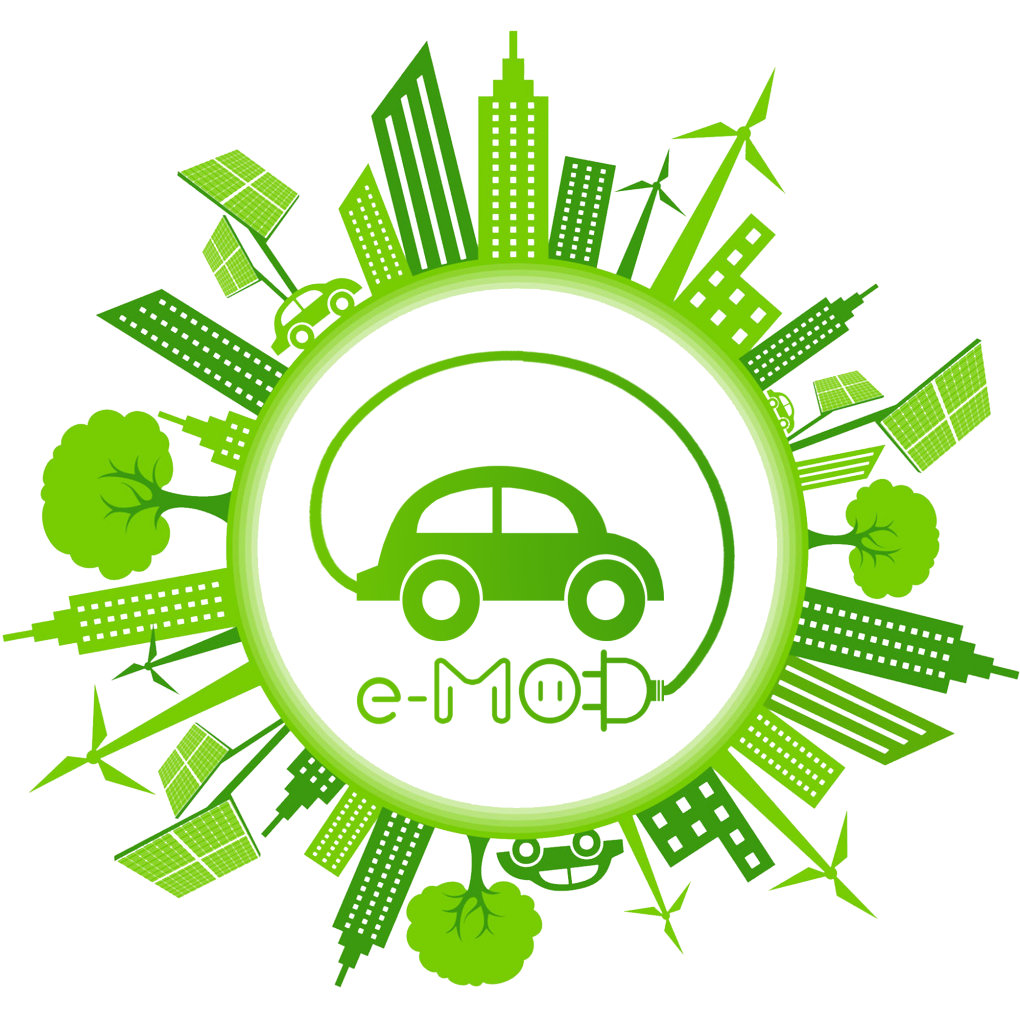ECOFRONT: Exploring the Frontiers of Cold Spray
The aim of the project is to draw the next frontiers of cold spray (CS), a new, solid-state coating deposition technology. At first, the process and its advantages and disadvantages have been assessed. Then, current equipment, materials and applications have been studied, in order to outline present technological limits from the study of recent innovations […]
ECOFRONT: Exploring the Frontiers of Cold Spray Read More »

